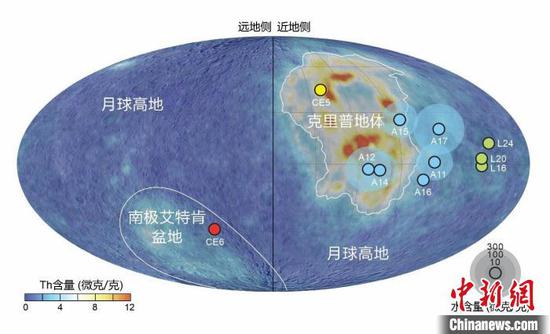
A depiction of location on the moon that have been sampled so far, with their relative water and thorium abundances. (Photo provided to China News Service)
(ECNS) -- Chinese scientists have found that water content in the far-side lunar mantle is less than 2 micrograms per gram, based on samples retrieved by the Chang'e-6 mission. This indicates the far side of the Moon to be drier than previously thought.
Analysis of the basaltic rock retrieved by Chang'e 6 yields a mantle source water content of between just 1 to 1.5 micrograms per gram, the lowest value recorded to date. It indicates that the mantle source region of the Chang'e-6 basalt is drier than on the near side.
Scientists believe the moon formed when a giant, Mars-size protoplanet slammed into the young Earth about 4.5 billion years ago and sent a cascade of debris into orbit that coalesced into the powdery gray orb we see today. In this extremely high-temperature impact event, the Moon was expected to be depleted of water.
For nearly 20 years, there has been a debate over whether the water content in the Moon's mantle, the middle layer between its surface and core, is abundant or scarce, while all published estimates were derived from near-side samples.
China's Chang'e-6 lunar probe retrieved the first-ever lunar far-side samples from the Apollo crater within the South Pole–Aitken Basin, providing the first opportunity to determine the water content of the lunar mantle in this region.
The study revealed that a unique volcanic event dating back 2.8 billion years had not been observed in previous samples obtained from the near side.
Previously, Chinese scientists confirmed a unique volcanic eruption dating back 2.8 billion years, providing an important opportunity to understand the temporal and spatial evolution of water in the lunar mantle.
(By Li Yan)









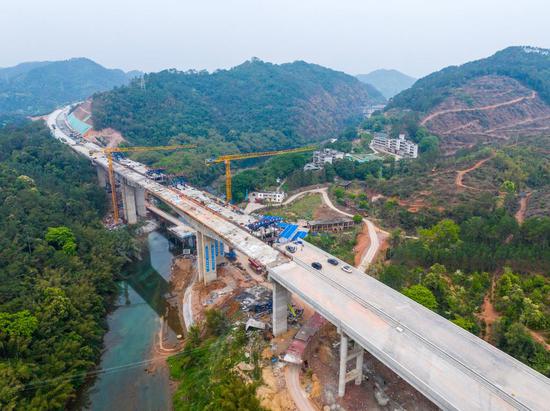
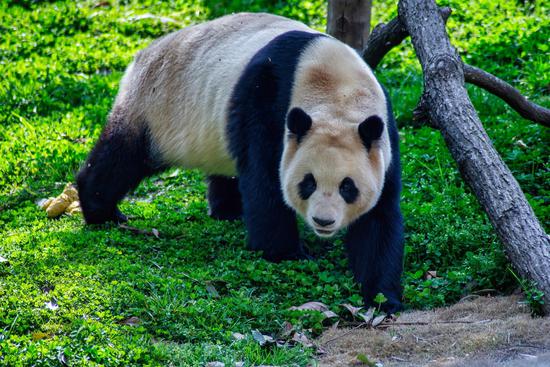
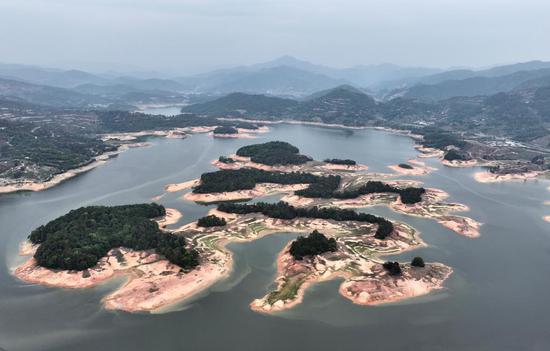



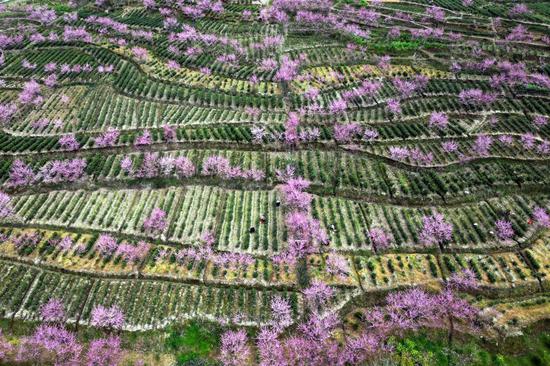

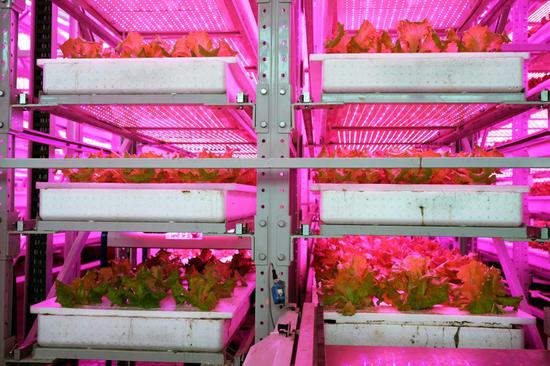
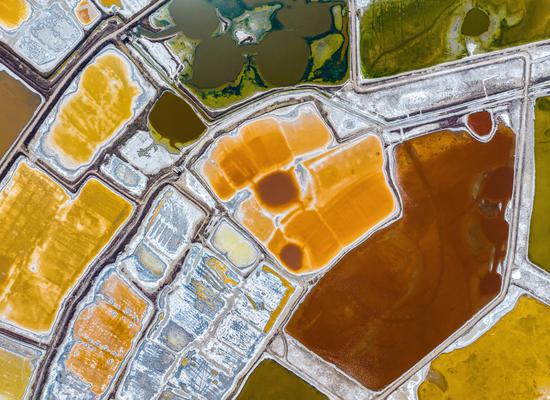


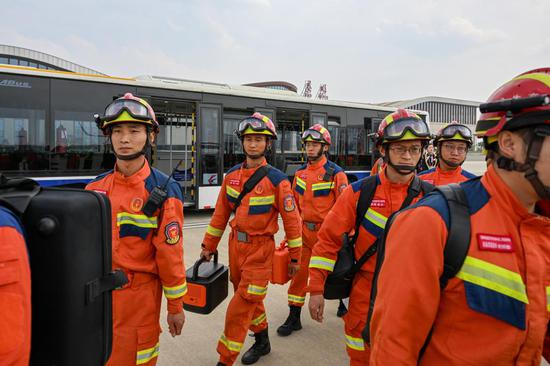
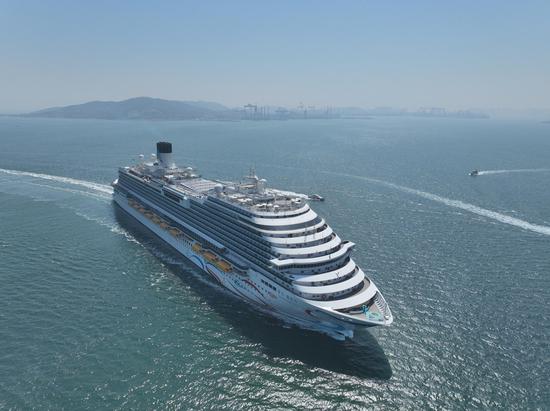
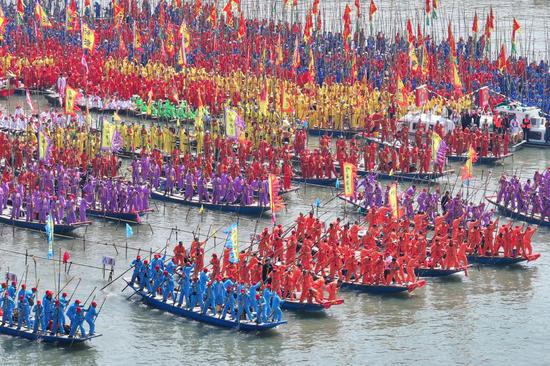
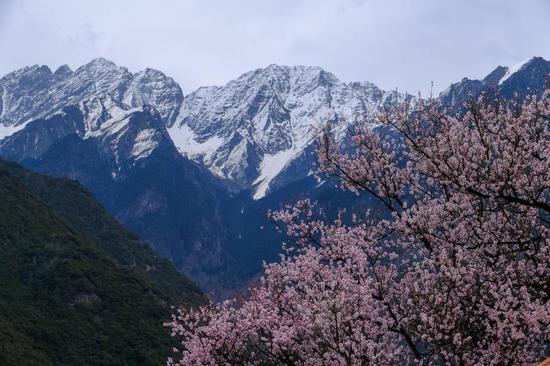
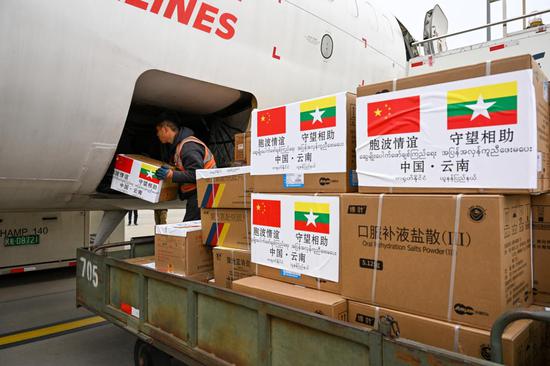


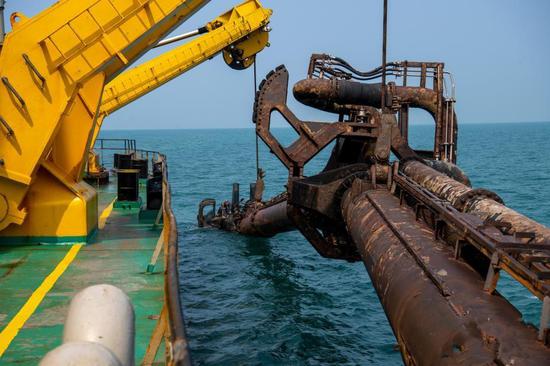


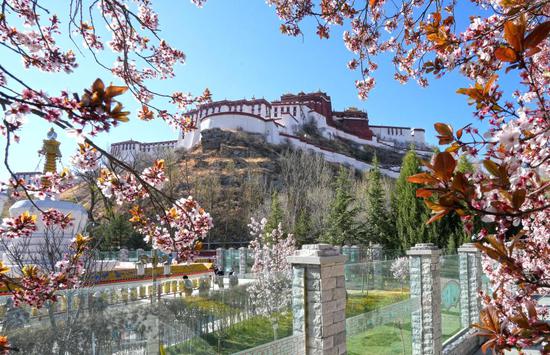
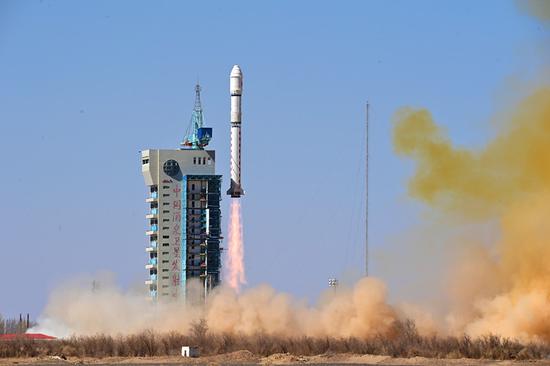


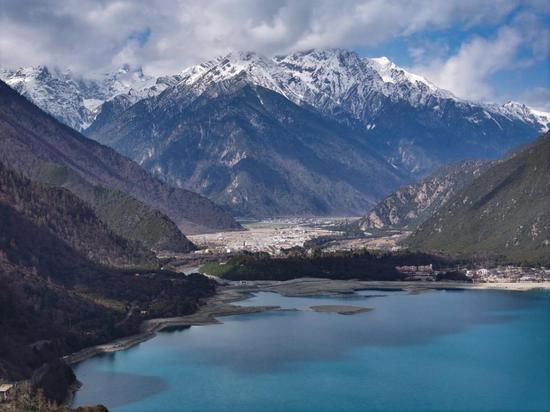
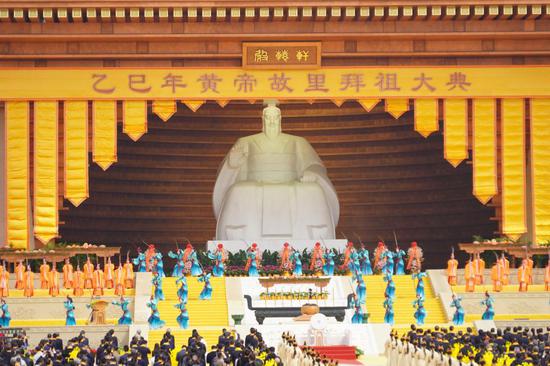











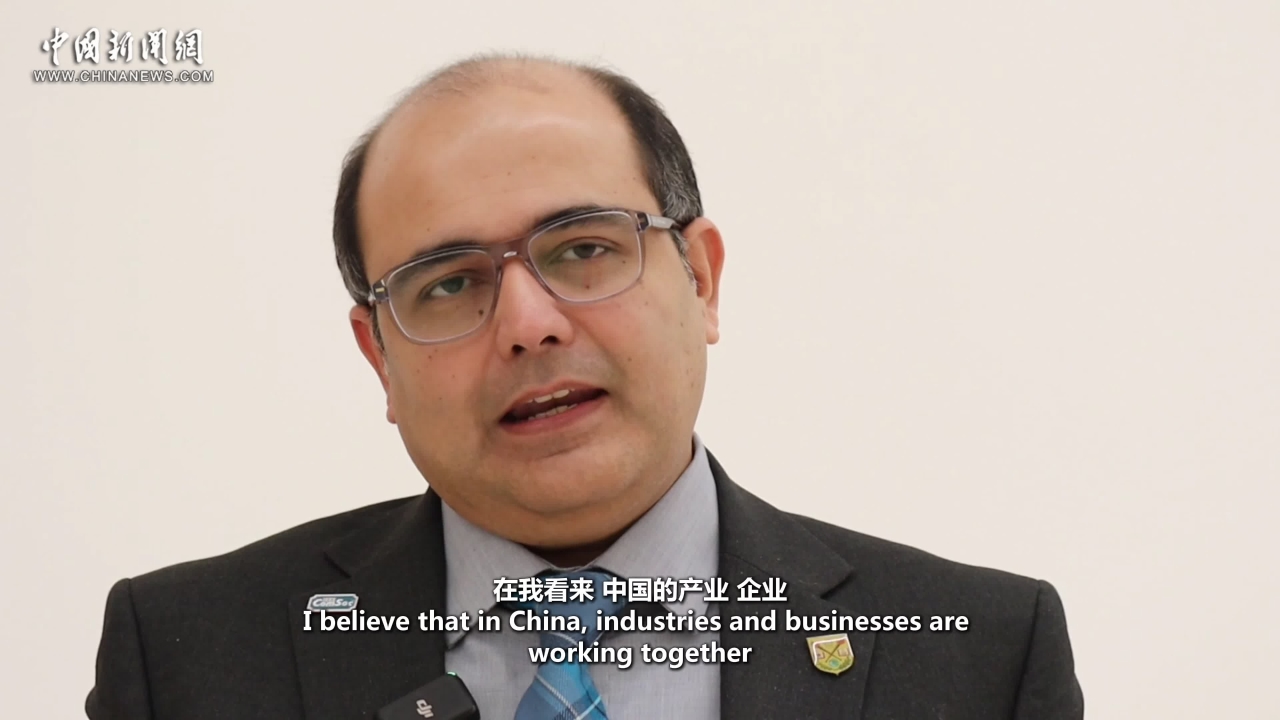

 京公網安備 11010202009201號
京公網安備 11010202009201號